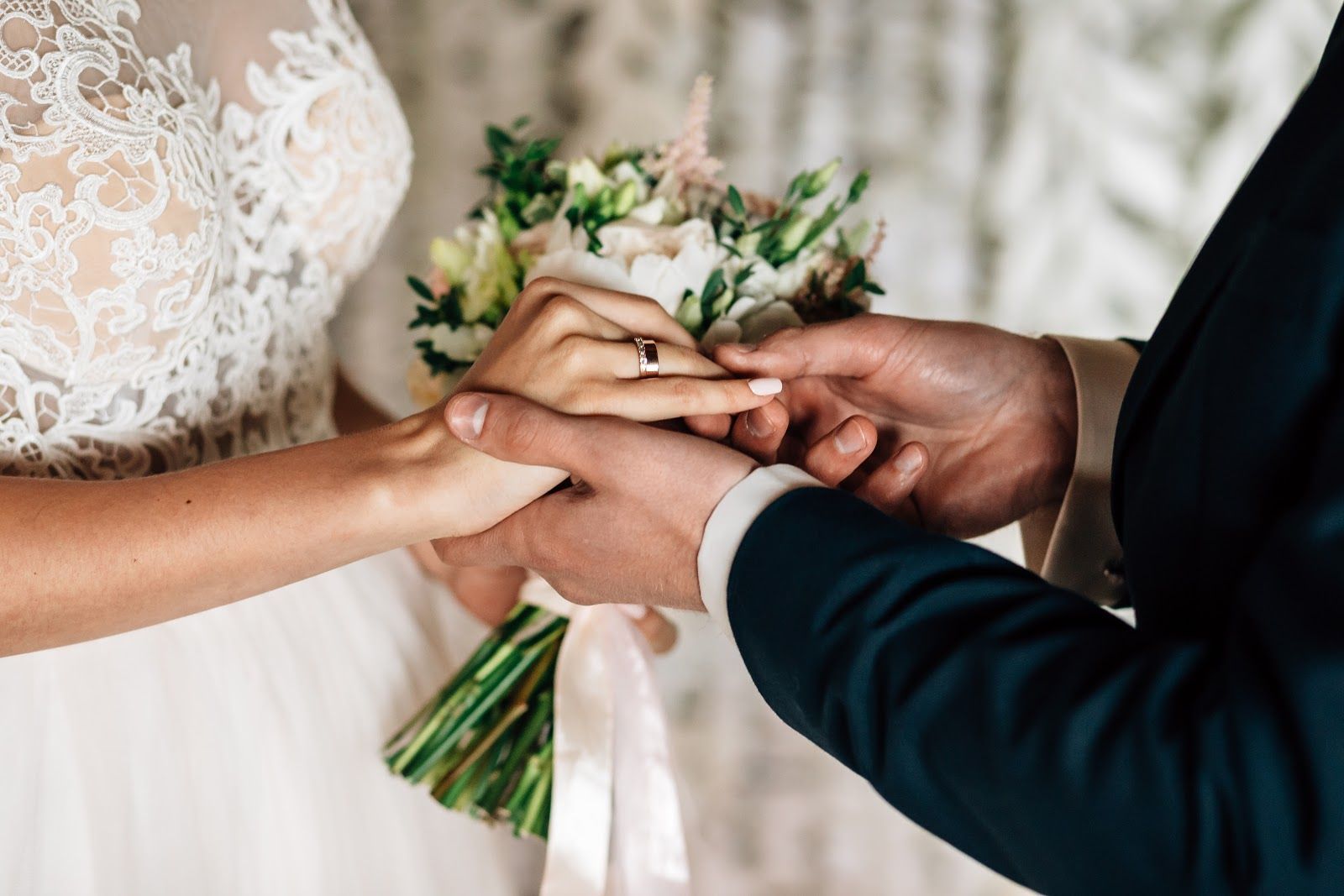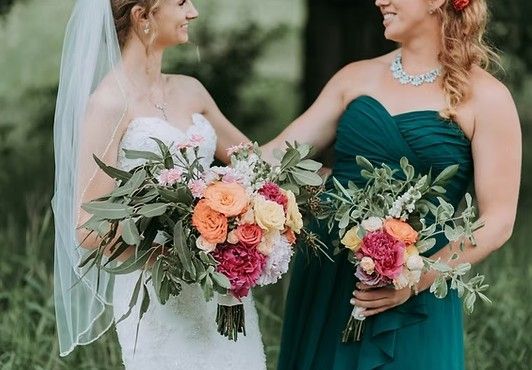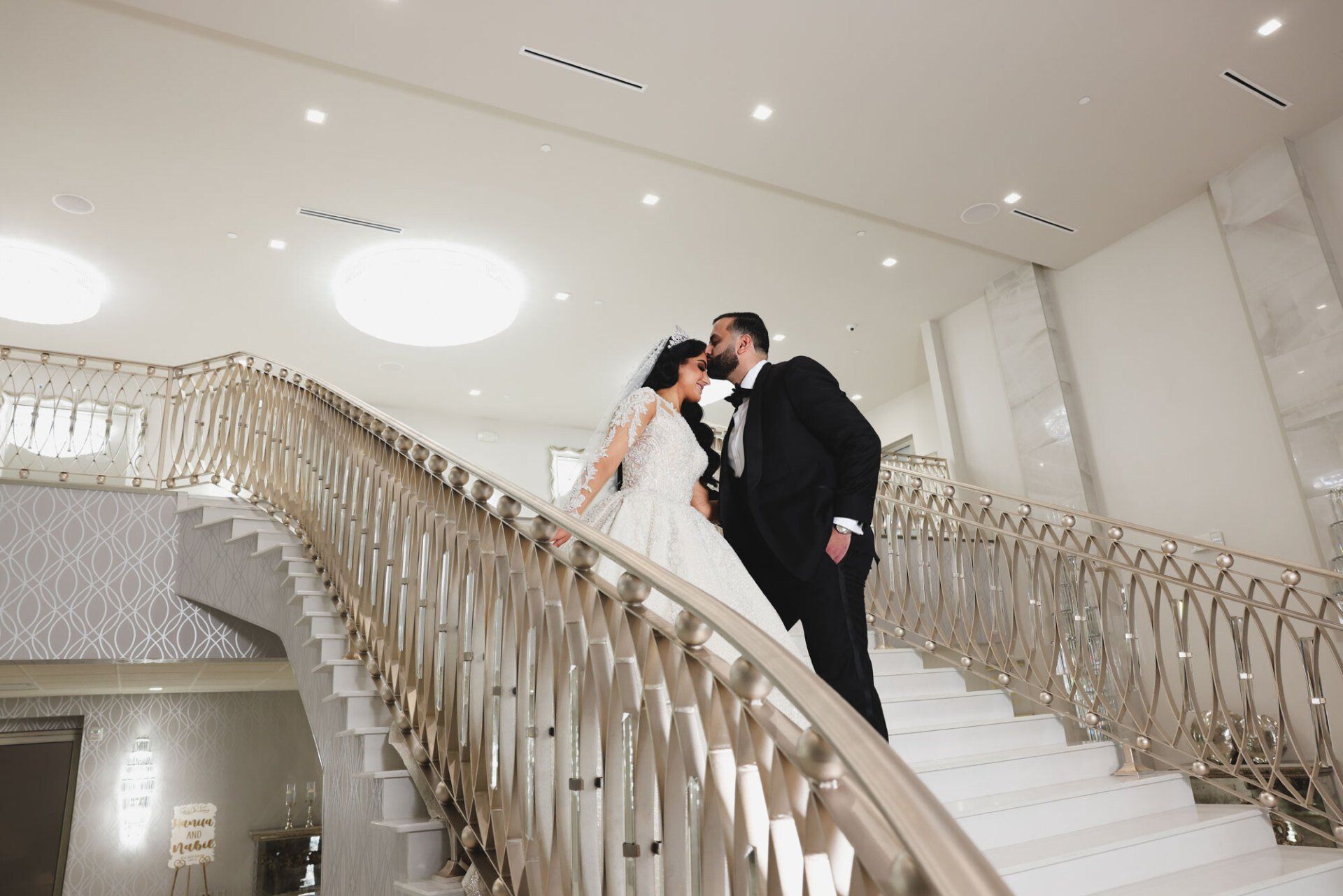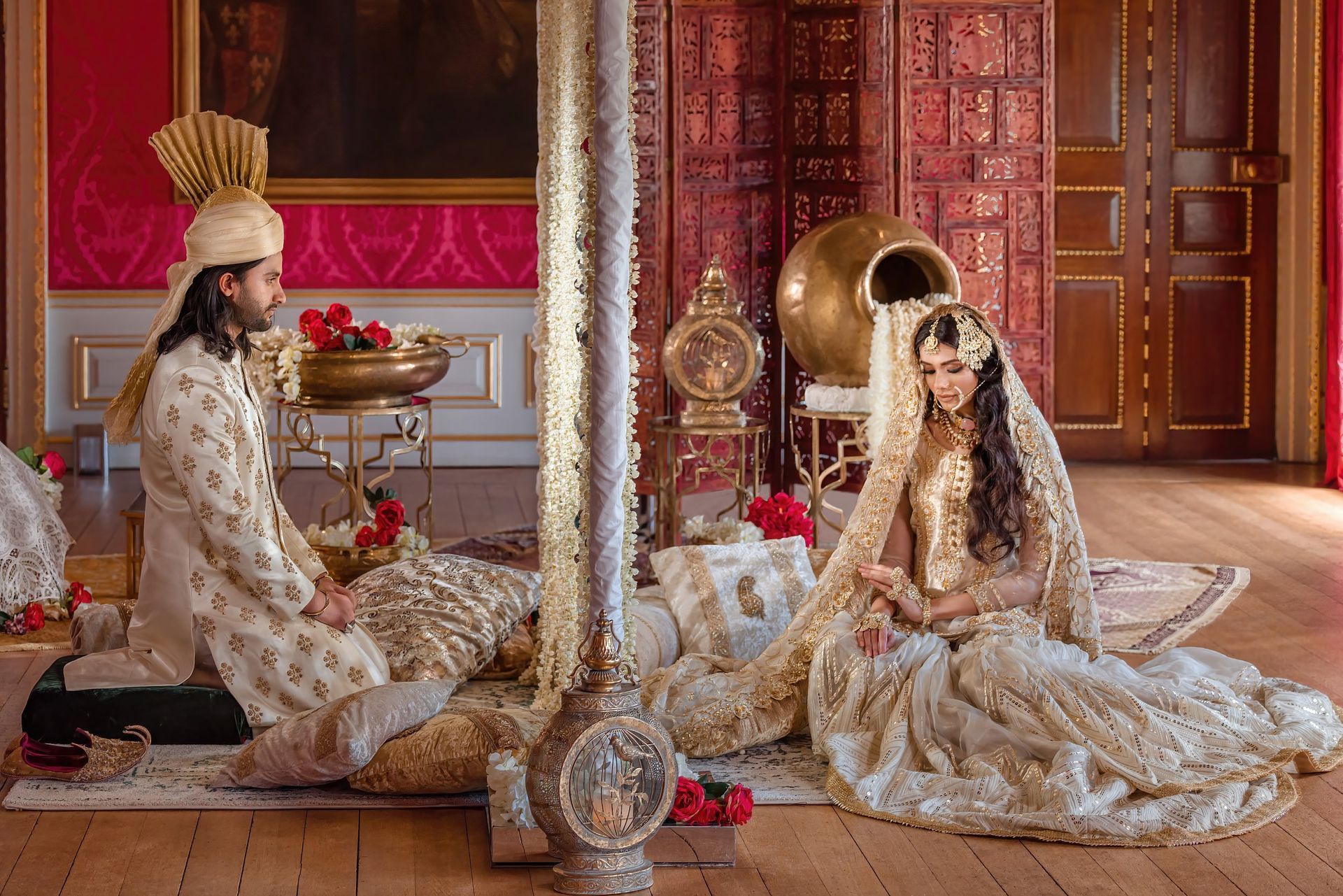Wedding rings hold important cultural and social meaning. They serve as a public declaration of marital status, signaling to others that the wearer is committed to a partner.

Wedding rings hold important cultural and social meaning. They serve as a public declaration of marital status, signaling to others that the wearer is committed to a partner. Rings also serve as a constant reminder of the wearer's vows and commitment. In many cultures, wedding rings symbolize the unity of the couple, representing two individuals coming together to create a new family unit. But when did the tradition of exchanging rings at weddings begin, and why does this practice remain so important today? Let's explore more below.
The Historical Origins of Wedding Rings
The tradition of exchanging rings at weddings has a rich history that dates back thousands of years. In ancient Egypt, around 3000 BC, couples exchanged rings made from braided reeds or hemp. These circular bands symbolized eternity, with no beginning or end. Egyptians wore these rings on the fourth finger of the left hand, believing it contained a special vein (called the vena amoris) that connected directly to the heart.
As time passed, the custom spread to ancient Greece and Rome. Greeks gave rings as tokens of affection, while Romans used them to symbolize a contract or ownership. Initially, Roman wedding rings were made of iron, but wealthier couples later opted for gold. The Christian church officially adopted the ring exchange in wedding ceremonies during the ninth century. By the Middle Ages, Pope Nicholas I had decreed that a gold ring symbolized a financial sacrifice by the groom, further cementing its place in marital traditions.
The Evolution of Wedding Ring Traditions
During the Renaissance, new styles of wedding rings emerged. Gimmel rings, which featured interlocking bands, became popular. These rings could be separated and worn by both partners before marriage, then joined together during the wedding ceremony. Another trend was for poesy rings, which had romantic messages engraved on them.
The 17th and 18th centuries saw the rise of diamond engagement rings among the European aristocracy. In some American colonies, thimbles were given as wedding gifts, which were sometimes later cut into rings. The 20th century brought significant changes to wedding ring customs. De Beers' famous "A Diamond is Forever" campaign in 1947 popularized diamond engagement rings, and after World War II, double-ring ceremonies became common, with both partners exchanging rings.
Cultural Variations in Wedding Ring Customs
Wedding ring traditions vary widely across cultures. In Western traditions, rings are typically worn on the fourth finger of the left hand and are usually made from materials such as gold, platinum, or white gold. However, in India, Russia, and parts of Europe, wedding rings are frequently worn on the right hand.
Jewish traditions call for a plain gold band without stones, which is placed on the index finger during the ceremony and later moved to the ring finger. Islamic traditions don't have specific rules about wedding rings, but many couples choose to exchange them. Additionally, in some Islamic cultures, henna designs are used in place of physical rings.
The Symbolism of Wedding Rings
The symbolism of wedding rings is deeply rooted in their shape and materials. The circular shape represents eternity, having no beginning or end. This continuous loop symbolizes unbroken love and commitment between partners. The materials used in wedding rings also carry symbolic meaning. Gold represents purity, value, and endurance. Platinum symbolizes strength and rarity, while diamonds are associated with indestructibility and clarity.
The Ring Finger Tradition
The tradition of wearing wedding rings on the fourth finger of the left hand has both mythical and practical origins. The ancient belief in the vena amoris, or vein of love, suggested that this finger had a direct connection to the heart. While this idea has been debunked by modern anatomy, the tradition persists in many cultures.
There are also practical reasons for choosing this finger. It's less used than other fingers, which helps protect the ring from damage during daily activities. The ring finger is also conveniently located for visibility, allowing others to easily see the symbol of commitment.
However, not all cultures follow this tradition. In some European countries, such as Germany and Norway, wedding rings are worn on the right hand. Today, personal preference plays a larger role, with some couples choosing alternative fingers or even other forms of jewelry to symbolize their marriage.
Modern Trends in Wedding Rings
Today, you have more options than ever when it comes to wedding rings. While traditional materials, such as gold and platinum, remain popular, alternative metals, such as titanium and tungsten, are gaining favor. These modern materials offer durability and unique aesthetics. For eco-conscious couples, recycled metals and lab-grown diamonds provide sustainable options.
Ring styles have also evolved. While classic designs, such as plain bands and channel-set diamonds, are still much loved, you can also choose from a range of contemporary styles, which might include mixed metals, unique shapes, or colored stones. Personalized rings are also popular, and you can choose to add engraved messages, fingerprint patterns, or even soundwave designs that represent you and your partner's voices.
Choosing the Perfect Wedding Rings
When selecting the right wedding ring, it's important to consider several factors. You and your partner's lifestyle and occupation will play a role in determining the durability needs of your rings. Your personal style and preferences are also crucial, as these rings will be worn daily for years to come. Budget considerations are also important, as wedding rings can vary widely in price.
When shopping for rings, it's advisable to start looking three to four months before your wedding. This allows time to explore various styles and materials. Trying on different rings helps guarantee a comfortable and proper fit. It's also important for you and your partner to discuss your preferences together so that you can find a balance that suits both of you.
Customization options can make your rings truly unique. Engraving dates, initials, or meaningful messages adds a personal touch. You might choose to incorporate birthstones or other significant gemstones or plump for unique textures or finishes that can make your ring stand out while reflecting your personality.
Care and Maintenance of Wedding Rings
Proper care ensures that your wedding ring remains beautiful for years to come. Daily care includes removing rings when doing manual work or sports to prevent damage. Regular cleaning with mild soap and water can also help to keep your rings sparkling. When not wearing your ring, store it safely to prevent loss or damage.
Professional maintenance is also important. Annual check-ups can identify loose stones or signs of wear, and professional cleaning every six months keeps rings looking their best. For white gold rings, replating may be necessary every few years to maintain their bright appearance.
Celebrate Your Love With CrystalView Weddings and Events
Ready to start planning your perfect wedding day? Contact CrystalView Weddings and Events today to schedule a consultation. Let us help you create a celebration that truly reflects your love story, from the exchange of rings to every other special moment of your big day.




